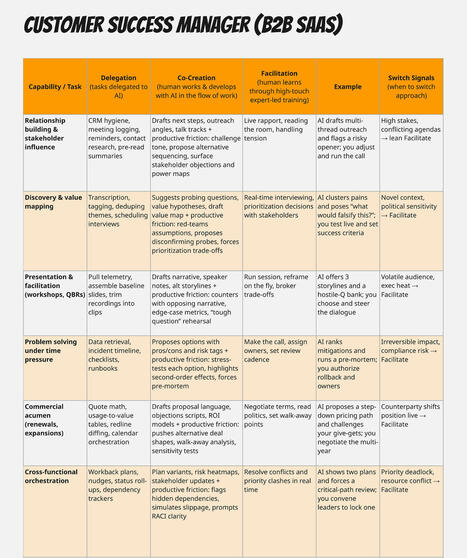As Artificial Intelligence (AI) increasingly influences how we access information, communicate, and make decisions, AI literacy becomes essential for navigating daily life, creating with purpose, and preparing for the future of learning and work. AI literacy equips learners and educators to understand both the risks and opportunities that AI presents, and to make meaningful and ethical decisions about its use.
It helps learners critically evaluate AI’s impact on their lives, education, and communities while preparing them to shape the future. However, to fully realize the potential of AI literacy to shape learning, key barriers to implementation must be addressed, including:
- A lack of a shared understanding of what AI literacy is and how to teach it.
- Uncertainty about how AI fits into various subject areas.
This publication serves as a starting point for teachers, education leaders, education policymakers, and learning designers to understand AI literacy and decide how it fits their needs. Establishing a common language about AI literacy is instrumental for consistency across diverse educational settings.


![[PDF] Empowering Learners for the Age of AI | Edumorfosis.it | Scoop.it](https://img.scoop.it/NBI8B5kb7A7WyCwnc3ZzHzl72eJkfbmt4t8yenImKBVvK0kTmF0xjctABnaLJIm9)


 Your new post is loading...
Your new post is loading...


![[PDF] Global Learning & Skills Trends Report 2026 | Edumorfosis.it | Scoop.it](https://img.scoop.it/aP2wFGi4vC13vLhNhBdjCDl72eJkfbmt4t8yenImKBVvK0kTmF0xjctABnaLJIm9)









![[Survey] College students’ views on AI | Edumorfosis.it | Scoop.it](https://img.scoop.it/9q1Zq_eXBE3RUXTUJh3Ctjl72eJkfbmt4t8yenImKBVvK0kTmF0xjctABnaLJIm9)







![[PDF] How people use ChatGPT | Edumorfosis.it | Scoop.it](https://img.scoop.it/j28vq8a4Ky4nqebgezmbjDl72eJkfbmt4t8yenImKBVvK0kTmF0xjctABnaLJIm9)

![[CHLOE 10] Meeting the moment: Navigating growth, competition, and AI in Online Higher Education | Edumorfosis.it | Scoop.it](https://img.scoop.it/LZeJO4Q1uf0iXJSVS1qjkDl72eJkfbmt4t8yenImKBVvK0kTmF0xjctABnaLJIm9)
![[Documental] Así se inventó la Escuela: El secreto mejor guardado de la Educación | Edumorfosis.it | Scoop.it](https://img.scoop.it/9rZ0TRzCZpYH3PMt0LwjPTl72eJkfbmt4t8yenImKBVvK0kTmF0xjctABnaLJIm9)






As Artificial Intelligence (AI) increasingly influences how we access information, communicate, and make decisions, AI literacy becomes essential for navigating daily life, creating with purpose, and preparing for the future of learning and work. AI literacy equips learners and educators to understand both the risks and opportunities that AI presents, and to make meaningful and ethical decisions about its use